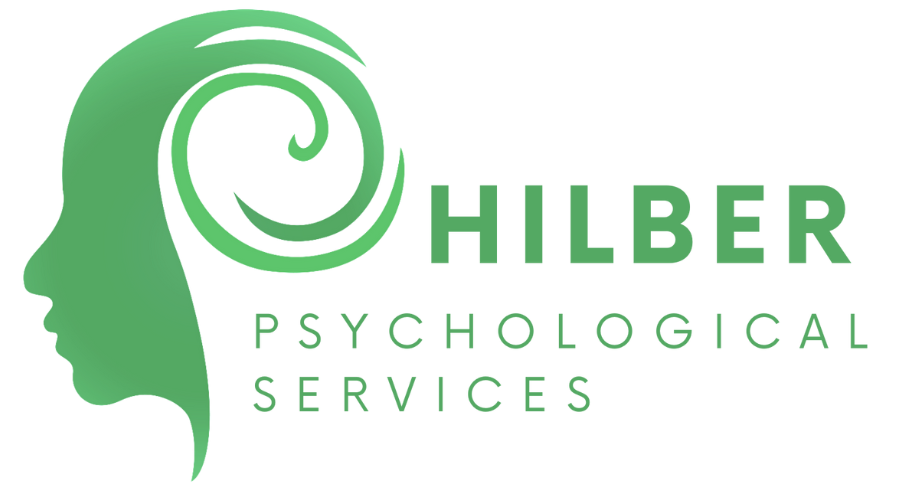ADHD and Catastrophizing in a Pandemic
In the article “ADHD Catastrophizing in Times of Crisis: What To Do When Fear Spirals,” author Tamara Rosier describes that when you experience fear taking over, it is important to take a second to regroup and calm your ADHD brain in order to release the anxiety and problem solve appropriately. Managing ADHD during a pandemic may increase feelings of confusion, frustration, and anxiety and this may make it difficult to adjust to new situations, such as distance learning or working from home.
Below, Rosier states some strategies for managing this illness.
Conduct a Daily Check Up: This means evaluating a situation. Not only looking at a situation from a different perspective, but taking a second to check in with yourself and your emotions and anxiety level. Based on these levels, regroup and figure out what can be cut out, minimized from, or added to your daily routine.
Reorient yourself: Individuals may have irrational thoughts focus on the worst possible situation and thereby spending less time regrouping or problem solving. By combining the daily, reality checks of your reality and taking deep, slow breaths, you are allowing yourself to regroup.
Recalibrate yourself: Do a brain dump and get rid of all your thoughts and worries that are making you anxious by writing them down on a piece of paper. Visually seeing what is causing you stress allows you to realize what is or isn’t manageable and realistic to possibly keep or get rid of. Rosier suggests asking these three questions to check in with yourself:
How am I feeling right now?
How is that feeling affecting my day?
Do I want to change how I am feeling right now?
Keep a Daily Schedule: By scheduling a routine, you can prevent the tendency to leave plans open-ended and instead, improve your productivity. Rosier suggests following the usual routine with sleeping, eating, and exercising regularly like you would on weekdays, prior to the COVID-19 pandemic. You can do this by asking yourself what needs to get done in the day and doing it during your designated productivity time.
Set a Rhythm for the Day: Create and follow the usual routine that works for your brain and the tasks that you need to complete. For example, when you know you are not a morning person, wait for your medications to kick in before you seriously start working. While waiting, you can prepare yourself for the day by following the strategies listed above.
Avoid Unhealthy Hyper focus: It is important to block out the things that make you lose track of time, whether this is social media, worries, or people. This could be setting a few boundaries to limit one’s self of spending too much time on a task.
Stay Social: It is crucial to stay connected with the outside world and with others in order to build that emotional bond. Find time and ways each day to have a conversation with someone. Connecting and talking with others increases your mental health and thereby your ability to manage your day.
Although it can be difficult at first to accommodate these new strategies, practice does make better. In times of crisis as this COVID-19 pandemic, it is important to make connections, have conversations, and seek guidance. For more information on how we can help manage your ADHD symptoms and create routines that work for you, please contact us or visit Hilber Psychological Services.
Written by Lily Schmitt and Tanya L. Hilber, PsyD
References
Rosier, Tamara. “ADHD Catastrophizing in Times of Crisis: What To Do When Fear Spirals.” ADDitude. 24, April 2020. https://www.additudemag.com/adhd-catastrophizing-coronavirus-fear/

